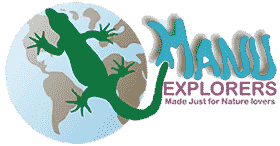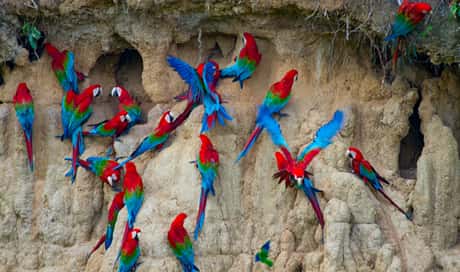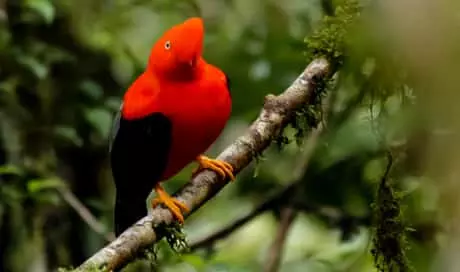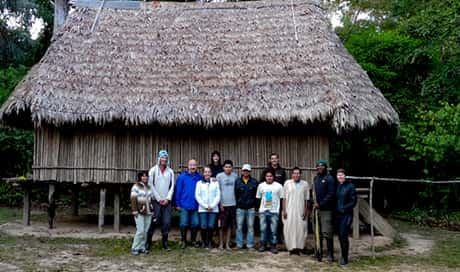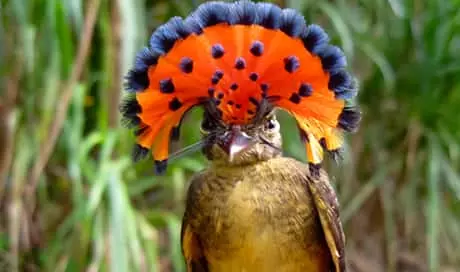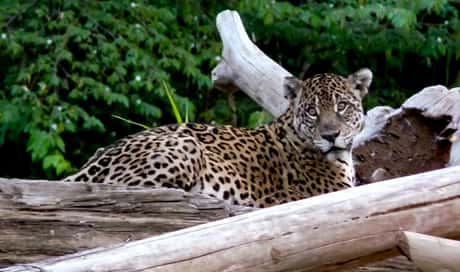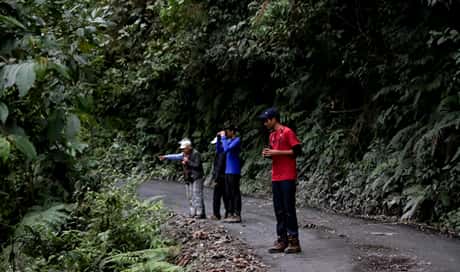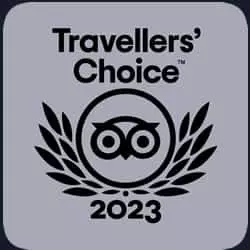All You need to know
FAQs about Peru
Peru has one of the most diversified geographical make-ups in South America. It shares borders with Bolivia, Brazil, Chile, Colombia, and Ecuador. There are three geographical zones in the Peruvian territory: the coastal desert, the highlands made up by the Andes, and the Amazon Jungle. For more info Click Here
Staple foods in the highlands include potatoes, corn, rice, and meat dishes, often with a spicy sauce. In jungle areas, fresh fruits, fried plantains, and other vegetables are also common. Though vegetarians can be easily accommodated in all areas, options typically leave out the meat rather than adding vegetarian mainstays such as tofu, beans, or nuts.
With the exception of Nazca, you fly to all the major destinations even if you go between some of them by surface travel.
Overall Peru is a safe country. Pickpockets and crazy Lima traffic are typically the biggest problems travelers will encounter.
Medical care is generally quite good in private health care facilities in urban areas, but less so in the rural parts of the country. Urban facilities usually have modern equipment and someone on staff that speaks English. It is highly recommended that you take out travel insurance before you leave home. However, hospitals and clinics often ask for cash payment up front. Make sure that you keep all receipts so that you can be reimbursed once you return home. Also, make sure that your travel insurance includes medical evacuation. If you plan on doing any "dangerous sports" such as riding motorcycles, scuba diving or even trekking, ask if those activities are covered. They usually aren't, but you can buy supplemental insurance to cover you. For more detailed information about health, vaccinations, insurance and medical facilities in Peru.
There are no vaccinations that are required by law to enter Peru. However, there are some that are recommended: Cholera, Hepatitis A, Tetanus, Diptheria, Typhoid and Yellow Fever. Many of these vaccinations are recommended if you are spending any time in the jungle. Malaria is also common in the Amazon region and you can ask your doctor for malaria tablets. Check with your doctor at least six weeks prior to traveling because some shots take time to become effective. Ask them what they recommend and the possible side effects of each vaccination.
ADDITIONAL! Please be sure to contact your travel agent and ask them if there are risks of contracting an illness during the tour, the tour operators have more specific information and are updated of illnesses from around the tour areas.
For further details regarding vaccinations for Peru, visit the U.S. Center for Disease Control's website at:
http://wwwnc.cdc.gov/travel/destinations/traveler/none/peru
The tap water is generally not safe to drink in Peru. Bottled water is readily available at tourist sites, hotels, and restaurants. Don't forget to use bottled water when brushing your teeth as well! Ice is not always made with boiled/ bottled water. Order your beverages without ice ("sin hielo") or ask your tour leader if the ice is safe in a particular restaurant.
No matter where you are in the world, the staff in our travel agency can help you find the best airfares and schedules to Peru. They can also assist you with hotel accommodations, tours, plane, train or bus reservations within the country, and much more.
Yes, the trains and buses are safe and the service is quite good. In our transport area, we have an extensive list of schedules and fares. By European or North American standards, the prices are very affordable. They are usually 3 different levels of service and the prices vary according to the amenities offered. Some buses even have waitress service, Wi-Fi and onboard movies. However, a word of caution: keep a close eye on your hand luggage and camera onboard buses, trains, and in the terminals. Pickpockets and thieves often target weary travelers in these places.
Yes, you can rent a car in Peru but it is not recommended. Aggressive drivers, poor road conditions, and long distances between tour destinations make taking public transportation a better (and usually more affordable) alternative. However, if you do want to rent a car we have a list of the most popular rental car companies including Hertz, Budget and Avis. Make sure you look closely for hidden charges for items such as mileage and insurance. You may want to make your reservations from your home country. You should also get an international driver's license in your home country.
For a list of Peruvian embassies in your country, Click Here
For a list of embassies in Peru, Click Here
All persons visiting Peru on business are required to have a visa. For those visiting as tourists, citizens of the US, Canada, most of Western Europe, Australia and New Zealand only need a valid passport. Most visitors are given a tourist card that allows you to stay in the country for up to 90 days. However, for a fee you can extend your stay.
You may bring 2 liters of alcohol and 400 cigarettes into Peru duty free. Items for personal use including cameras, laptops, and travel gear can be brought in for personal use. It is illegal to take any pre-Columbian art out of Peru and it is usually illegal to enter into most countries with these artifacts. If you are going to buy reproductions, do so from a reputable dealer and obtain documentation from the National Institute of Culture Vendors to show to customs officials. In the jungle vendors also sell live exotic birds and animals. It is illegal to take these endangered species outside of the country. Bags of cocoa leaves are sold in Peru and are legal, but they are not legal in most other countries. Although it would be impossible to produce any significant amount of cocaine from one of these bags, it's not worth the risk in bringing them back home.
That depends on where you plan on visiting. There are three main zones of Peru: the coast (La Costa), the mountains (La Sierra) and the jungle (La Selva). If you are visiting the coastal desert area, which includes Lima, then it is better to come during Peru's summer months, December-March. Once you enter the mountains or the jungle there are two seasons: wet and dry. If you are planning on visiting La Sierra which includes such tourist spots as: Cusco, the Sacred Valley, Machu Picchu, and the Inca Trail you should come during the dry season which runs from May-September. The best time to visit the jungle is also during the dry months of May-October.
The most widely accepted credit card in Peru is Visa. Mastercard is also popular, but American Express and Diner's Club are not that widely accepted. I find ATMs the best way to get money. Most of them work on the Plus system, although you can find ATMs that accept Star, Cirrus and Interlink. The downside of credit and debit cards is that stores, hotels and restaurants will sometimes add an 8% commission to the final bill. Your best bet is to take money from the ATM and pay for your purchases in cash. Traveler's checks are usually good to take as "insurance", but they are often difficult to change and the exchange rate is not as favorable as if you used cash. For a more detailed description regarding money please visit the banks and Money exchange locations (casas de cambio).
Check with your cell phone provider. Each company is different and they can give you the most up-to-date information.
Peru uses 220 volt, 60 cycle electricity. Travelers will require a voltage converter for 110 volt devices. Plugs are typically the 2 pronged flat type found in the US, though some facilities have been noted to use the 2 rounded prongs instead.
Peru is five hours behind GMT (same as EST). They do not observe daylight-savings time so during these months (April-October), Peru is on CST.
The official language of Peru is Spanish. Quechua is the legacy of the Inca Empire and is spoken by indigenous communities to this day in many other areas of the country.
In an emergency you can contact to the tourism police.
- Lima: Jr. Moore 268, Magdalena del Mar.
- Tel: (01) 460-1060 / 460-0965 / 460-0921 / 460-4525
- Cusco: Plaza Tupac Amaru
- Tel: (084) 24-9654
The climate in Peru is unpredictable, dependent on altitude and season. It is very difficult to generalize, the first golden rule is comfort and luxury outfits are not necessary in any of the tours in Peru. Peruvians are used to seeing travelers with shorts, sandals and jeans.
8day Manu Park Tour $1,500.00 → $1,450.00
This tour visits the best areas of Manu Park, the Reserved Zone as well as the Cultural Zone with its largest Macaw Clay Lick. This tour also visit a Tapir Clay Lick.
7day Manu Park Tour $1,200.00 → $950.00
6Day Manu Park Tour $1,100.00 → $900.00
5Day Manu Park Tour $1,200.00 → $1,100.00
7day Manu to Pto Maldonado $1,550.00
6day Manu to Pto Maldonado $1,450.00
5day Manu to Pto Maldonado $1,250.00
This our Shortest tour that visits Manu Park by bus and exist through Puerto Maldonado in only 5 hours which allows you to spend longer time exploring the Jungle of Manu Park.
5day Manu Expedition$650.00
4day Manu Expedition $480.00 → $350.00
The shortest tour we have that visits the Cultural Zone of Manu Park. This is an excellent tour for people who don’t have the time to do our longer tours.
